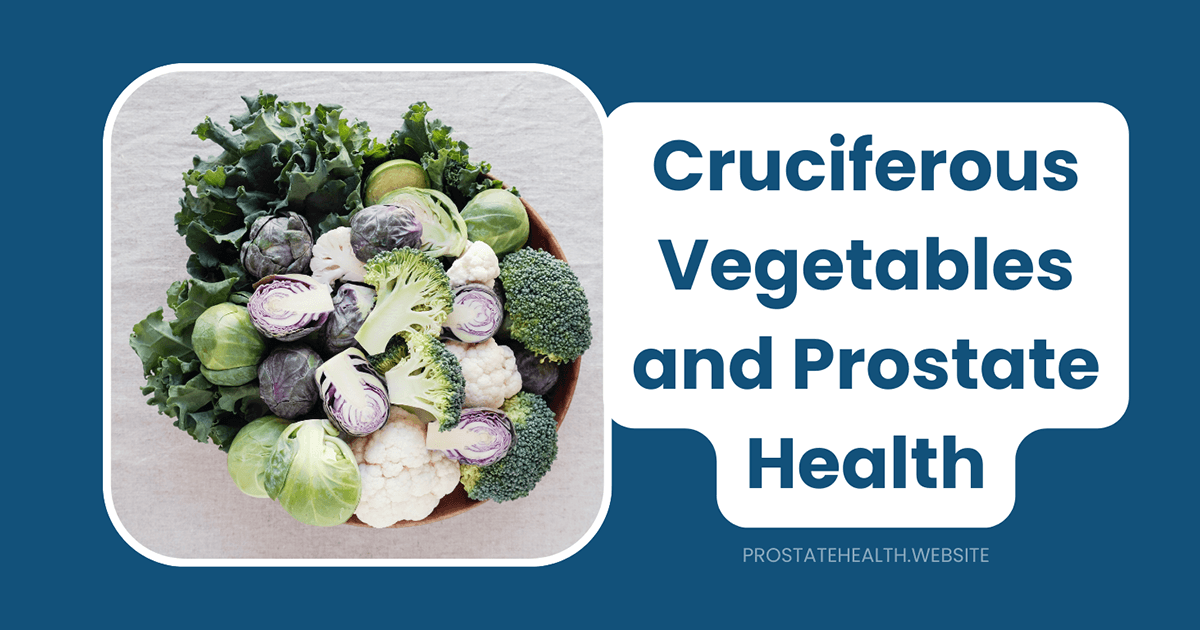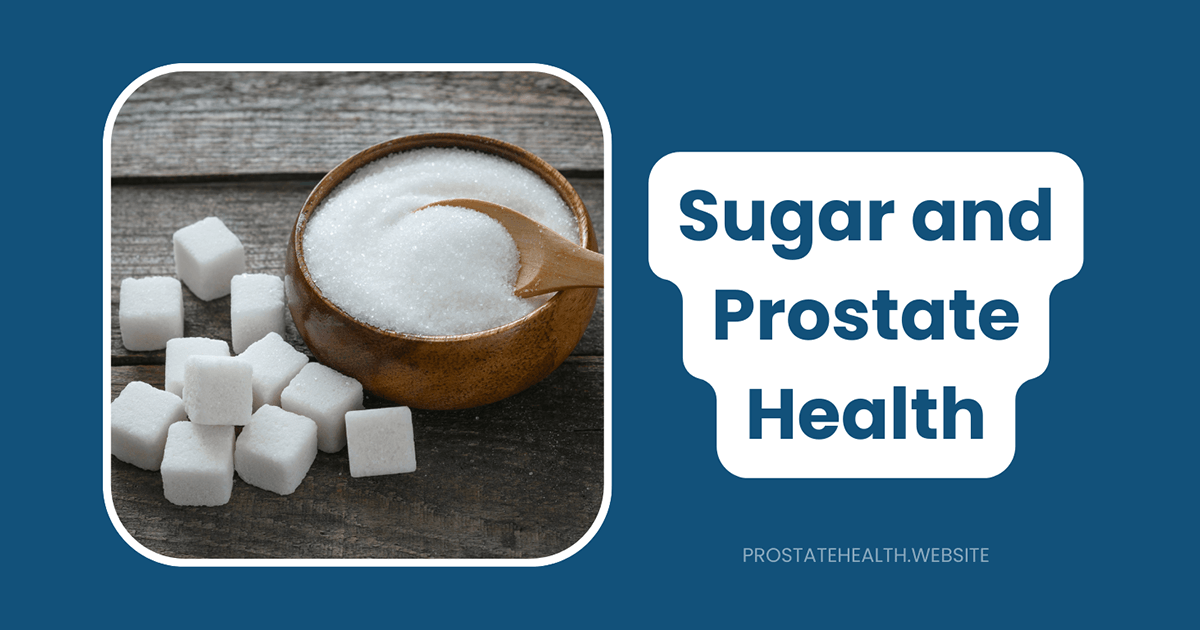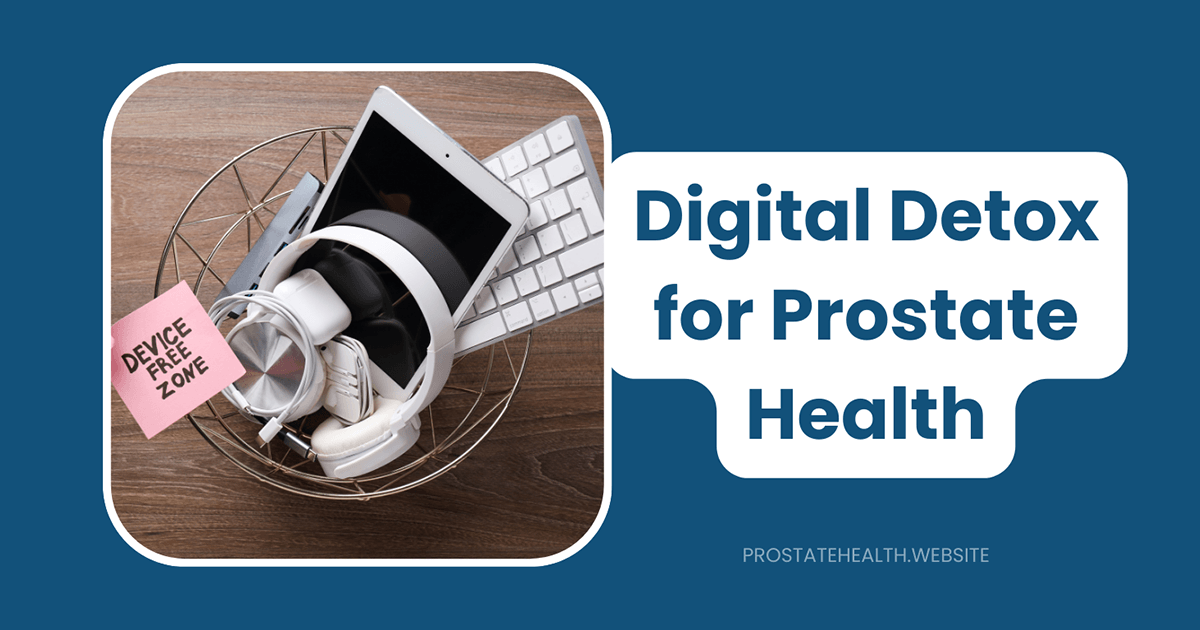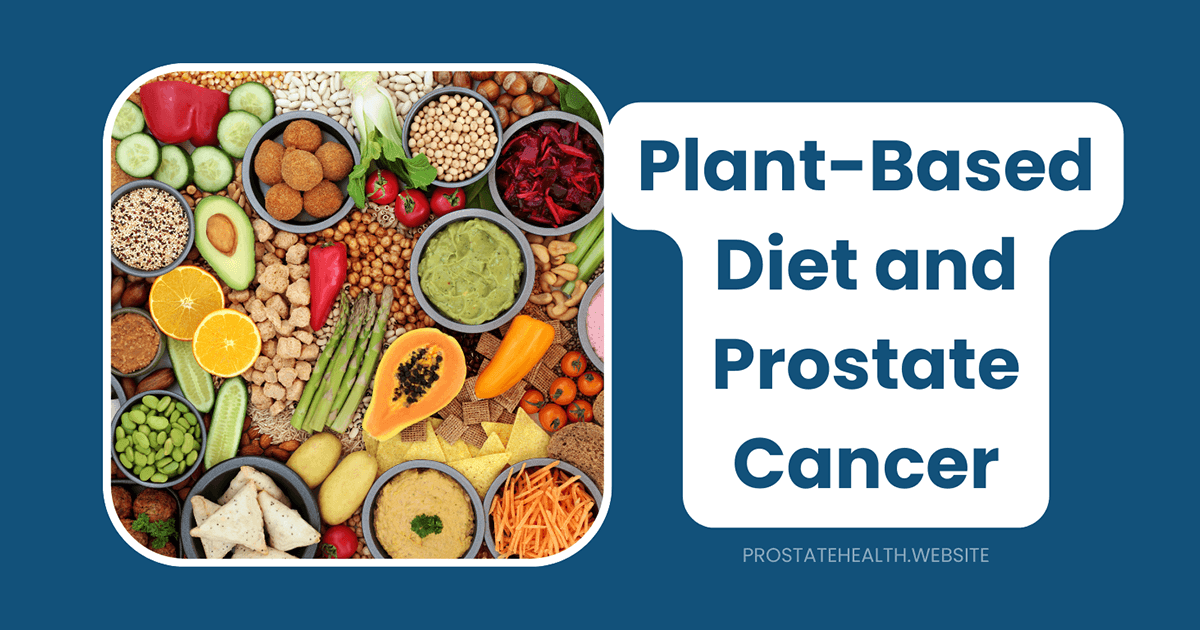Cruciferous Vegetables and Prostate Health: The Science Explained

When Richard, a 58-year-old construction manager, received slightly elevated PSA results at his annual physical, his urologist offered some unexpected advice: “Try eating more broccoli.” Richard was skeptical. “I thought he was joking at first,” he admits. “How could something as simple as vegetables make any difference to my prostate?”
As it turns out, there’s compelling science behind this recommendation. Cruciferous vegetables—the family that includes broccoli, cauliflower, Brussels sprouts, kale, and cabbage—contain unique compounds that may help protect against prostate cancer and support overall prostate health.
Let’s explore the fascinating science behind these powerful vegetables and how they might become a key ally in your prostate health strategy.
Understanding Cruciferous Vegetables: The Cancer-Fighting Family
Cruciferous vegetables belong to the Brassicaceae family and get their name from the cross-shaped pattern formed by their four petals when they flower. This family includes:
- Broccoli and broccoli sprouts
- Cauliflower
- Brussels sprouts
- Cabbage (all varieties)
- Kale and collard greens
- Arugula (rocket)
- Bok choy
- Radishes
- Watercress
- Garden cress
- Turnips and rutabagas
What makes these vegetables special is their rich content of glucosinolates—sulfur-containing compounds that give cruciferous vegetables their distinctive pungent flavor and aroma. When you chop, chew, or digest these vegetables, glucosinolates are broken down into biologically active compounds, including:
- Isothiocyanates (ITCs), such as sulforaphane
- Indoles, particularly indole-3-carbinol (I3C)
- Thiocyanates
These compounds are the key players in the cancer-fighting properties of cruciferous vegetables.
The Science: How Cruciferous Vegetables May Protect Against Prostate Cancer
Research into cruciferous vegetables and prostate health has revealed several mechanisms through which these foods may help prevent cancer development or slow its progression:
1. Enhanced Detoxification
One of the primary ways cruciferous vegetables protect against cancer is by boosting your body’s natural detoxification systems:
- Phase I and II enzyme modulation: Sulforaphane and I3C influence enzymes that process potential carcinogens, helping to neutralize and eliminate them before they can damage DNA.
- Nrf2 activation: Sulforaphane is a potent activator of Nuclear factor erythroid 2-related factor 2 (Nrf2), a protein that regulates the expression of antioxidant proteins that protect against oxidative damage and inflammation.
Dr. Emily Chen, oncology researcher at University Medical Center, explains: “Think of sulforaphane as turning on your body’s internal detoxification system. It helps your cells process and eliminate harmful substances before they can cause damage that might lead to cancer.”
2. Anti-Inflammatory Effects
Chronic inflammation is increasingly recognized as a driver of cancer development. Compounds in cruciferous vegetables have demonstrated anti-inflammatory properties:
- NF-κB inhibition: Isothiocyanates can suppress Nuclear factor-κB (NF-κB), a protein complex that controls transcription of DNA and cytokine production and is linked to cancer development when chronically activated.
- Reduced inflammatory markers: Studies show that regular consumption of cruciferous vegetables is associated with lower levels of inflammatory markers in the body.
3. Direct Anti-Cancer Activity
Perhaps most impressively, compounds from cruciferous vegetables have shown direct effects against cancer cells:
- Cell cycle arrest: Both sulforaphane and I3C can stop cancer cells from dividing and multiplying by interrupting the cell cycle.
- Apoptosis induction: These compounds can trigger programmed cell death (apoptosis) specifically in cancer cells while leaving healthy cells unharmed.
- Inhibition of angiogenesis: They may help prevent tumors from developing their own blood supply, which is necessary for growth beyond a certain size.
According to a study published in the Journal of Nutritional Biochemistry, “Both sulforaphane and I3C induce phase I and II detoxification pathways, enhancing cellular protection against cancer” and “antagonize dysregulated cell signaling pathways associated with prostate cancer progression.”
4. Hormone Regulation
Prostate cancer is often hormone-sensitive, and cruciferous vegetables may help regulate hormones in beneficial ways:
- Androgen receptor signaling: Diindolylmethane (DIM), a compound formed from I3C during digestion, has been shown to inhibit androgen receptor signaling, which may slow the growth of prostate cancer cells.
- Estrogen metabolism: These compounds can influence how the body processes estrogen, potentially reducing harmful forms of estrogen that might contribute to prostate cancer risk.
5. Epigenetic Regulation
Emerging research suggests that compounds in cruciferous vegetables may influence gene expression without changing the underlying DNA sequence:
- DNA methylation: Sulforaphane may help maintain proper DNA methylation patterns, which are often disrupted in cancer cells.
- Histone modification: These compounds can influence histone proteins, which play a role in gene expression regulation.
The Evidence: What Research Tells Us About Cruciferous Vegetables and Prostate Cancer
The connection between cruciferous vegetables and prostate health has been studied extensively. Here’s what the evidence shows:
Epidemiological Studies
Population studies consistently show associations between higher cruciferous vegetable consumption and reduced prostate cancer risk:
- A meta-analysis published in the International Journal of Urology found that men with the highest intake of cruciferous vegetables had a significantly lower risk of prostate cancer compared to those with the lowest intake.
- Research from the Fred Hutchinson Cancer Research Center found that men who ate cruciferous vegetables at least three times per week had a 41% reduced risk of prostate cancer compared to those who ate them less than once per week.
Laboratory Studies
Research in laboratory settings provides insights into how compounds from cruciferous vegetables affect prostate cancer cells:
- A study published in PubMed found that both I3C and sulforaphane significantly inhibited the proliferation of PC-3 prostate cancer cells in a dose-dependent manner.
- Research has shown that sulforaphane can selectively target and kill prostate cancer cells while leaving normal prostate cells relatively unaffected.
Animal Studies
Studies in animal models further support the protective effects:
- Research using transgenic adenocarcinoma of the mouse prostate (TRAMP) models has shown that feeding animals broccoli or broccoli sprouts can significantly reduce tumor growth and metastasis.
- A study found that mice fed a diet rich in cruciferous vegetables had smaller prostate tumors and lower rates of metastasis compared to control groups.
Human Intervention Trials
While large-scale human trials are limited, smaller studies have shown promising results:
- A small intervention trial found that men with recurrent prostate cancer who consumed broccoli soup once weekly for 12 months showed changes in gene expression associated with reduced cancer progression compared to men who consumed pea soup.
- Another study demonstrated that men who consumed broccoli sprout extract before prostate surgery showed beneficial changes in prostate tissue, including reduced inflammation and increased detoxification enzyme activity.
Practical Applications: Adding Cruciferous Vegetables to Your Diet
If you’re interested in harnessing the potential prostate-protective effects of cruciferous vegetables, here are practical strategies:
Optimal Consumption
Research suggests that consuming cruciferous vegetables 3-5 times per week may provide protective benefits. According to a 2025 study from the Institute for Functional Medicine, “adding just 1 tablespoon (15 grams) of cruciferous vegetables to the diet daily can reduce the risk of certain cancers by nearly 4%.”
Preparation Methods That Maximize Benefits
How you prepare cruciferous vegetables can significantly impact their cancer-fighting potential:
- Chop and wait: Chopping cruciferous vegetables and letting them sit for 5-10 minutes before cooking activates the enzyme myrosinase, which helps form sulforaphane.
- Light steaming: Steaming for 3-4 minutes preserves more nutrients than boiling, which can leach up to 50% of the beneficial compounds into the cooking water.
- Add mustard powder: If you’re cooking cruciferous vegetables, adding a pinch of mustard powder (which contains myrosinase) can help increase the formation of beneficial compounds.
- Include healthy fats: Many of the beneficial compounds are fat-soluble, so consuming these vegetables with a source of healthy fat (like olive oil) enhances absorption.
Simple Ways to Increase Consumption
- Add broccoli florets to pasta dishes, stir-fries, or omelets
- Blend kale or arugula into smoothies
- Roast Brussels sprouts with olive oil and garlic as a side dish
- Use cauliflower as a low-carb substitute for rice or mashed potatoes
- Add shredded cabbage to salads, tacos, or sandwiches
- Snack on raw broccoli or cauliflower with hummus
- Try broccoli sprouts, which contain up to 100 times more sulforaphane than mature broccoli
A Week of Cruciferous Vegetable Meals
Monday:
- Breakfast: Scrambled eggs with sautéed kale
- Dinner: Grilled salmon with roasted Brussels sprouts
Tuesday:
- Lunch: Arugula salad with grilled chicken
- Dinner: Cauliflower “rice” stir-fry with vegetables and tofu
Wednesday:
- Breakfast: Smoothie with spinach, kale, and fruit
- Dinner: Broccoli and chicken stir-fry
Thursday:
- Lunch: Cabbage and kale slaw with grilled fish
- Dinner: Roasted cauliflower steaks with herbs
Friday:
- Breakfast: Vegetable omelet with broccoli and spinach
- Dinner: Baked fish with a side of roasted Brussels sprouts
Weekend:
- Brunch: Frittata with broccoli and cauliflower
- Dinner: Grilled steak with a side of sautéed kale and mushrooms
Beyond Cruciferous: A Comprehensive Approach to Prostate Health
While cruciferous vegetables show promise for prostate health, they’re most effective as part of a broader strategy:
The Mediterranean Connection
Many studies showing benefits of cruciferous vegetables come from Mediterranean populations, where these vegetables are consumed as part of an overall healthy dietary pattern that includes:
- Abundant olive oil (which enhances absorption of beneficial compounds)
- Plenty of other fruits and vegetables
- Moderate consumption of fish
- Limited red meat
- Regular physical activity
A Comprehensive Approach to Prostate Health
For optimal prostate health, consider combining cruciferous vegetables with:
- Regular exercise: At least 150 minutes of moderate activity weekly
- Maintaining a healthy weight: Obesity is a risk factor for aggressive prostate cancer
- Other prostate-supportive foods:
- Tomatoes and lycopene-rich foods
- Fatty fish rich in omega-3s
- Green tea
- Pomegranate
- Nuts and seeds
- Regular prostate screenings: Discuss appropriate screening with your healthcare provider
- Stress management: Chronic stress may impact hormone levels and immune function
Addressing Common Questions About Cruciferous Vegetables
How much do I need to eat to see benefits?
Research suggests consuming cruciferous vegetables 3-5 times per week, with a serving size of about 1/2 cup cooked or 1 cup raw. According to Dr. William Li, author of “Eat to Beat Disease,” “Consistency is more important than quantity. Regular consumption over time appears to provide the greatest benefit.”
Can I take supplements instead?
While supplements containing sulforaphane or I3C are available, research suggests whole foods may provide greater benefits due to the synergistic effects of multiple compounds working together. If you do consider supplements, discuss them with your healthcare provider first.
Are there any risks or side effects?
For most people, cruciferous vegetables are perfectly safe and healthy. However, a few considerations:
- Thyroid concerns: Very high consumption of raw cruciferous vegetables may interfere with thyroid function in people with iodine deficiency, but moderate consumption of cooked cruciferous vegetables is unlikely to cause problems.
- Digestive discomfort: Some people experience gas or bloating from cruciferous vegetables due to their fiber content. Starting with small amounts and gradually increasing can help your digestive system adjust.
- Medication interactions: If you’re taking blood thinners like warfarin, the vitamin K in cruciferous vegetables may interfere with your medication. Maintain consistent intake and inform your healthcare provider.
What if I don’t like the taste?
If you find cruciferous vegetables bitter or unpleasant:
- Try roasting them, which brings out natural sweetness
- Add them to smoothies with fruit to mask the flavor
- Experiment with different varieties (some are milder than others)
- Use herbs, spices, and healthy dressings to enhance flavor
Real-World Success: Men’s Experiences with Cruciferous Vegetables
While individual experiences don’t constitute scientific evidence, many men report positive outcomes after increasing their cruciferous vegetable consumption:
Robert, 65, PSA stabilization: “After my PSA started rising, my urologist suggested dietary changes before considering medication. I started eating broccoli or Brussels sprouts almost daily. Six months later, my PSA had stabilized, and I’ve maintained that level for two years now.”
Michael, 59, improved urinary symptoms: “I was skeptical that vegetables could help my prostate issues, but after consistently including more cruciferous vegetables in my diet, I’ve noticed less frequent nighttime urination and better flow. It’s not a complete cure, but the improvement is noticeable.”
David, 70, post-treatment strategy: “After completing radiation for prostate cancer, I wanted to do everything possible to prevent recurrence. I’ve made cruciferous vegetables a regular part of my diet, along with other lifestyle changes. Four years later, I remain cancer-free. I can’t say it’s just the vegetables, but I’m not taking any chances.”
The Future of Research: What’s on the Horizon
Research into cruciferous vegetables and prostate health continues to evolve. Here are some exciting areas of current and future research:
Personalized Nutrition
Scientists are investigating how genetic variations might influence an individual’s response to cruciferous vegetables. Some research suggests that men with specific genetic profiles may benefit more from these vegetables than others.
Combination Therapies
Researchers are exploring how compounds from cruciferous vegetables might enhance the effectiveness of conventional prostate cancer treatments or reduce their side effects.
Novel Delivery Methods
Scientists are developing new ways to deliver concentrated amounts of beneficial compounds from cruciferous vegetables directly to prostate tissue, potentially enhancing their protective effects.
Long-term Intervention Studies
Larger, longer-term human studies are needed to definitively establish the protective effects of cruciferous vegetables against prostate cancer. Several such studies are currently underway.
Conclusion: A Simple Addition to Your Prostate Health Strategy
The evidence suggests that cruciferous vegetables deserve a place in your prostate health strategy. While not a replacement for medical care or screening, increasing your consumption of these powerful vegetables represents a simple, delicious, and low-risk addition to your health routine.
As Richard, our construction manager from the beginning of this article, discovered: “I started eating broccoli or kale almost every day, and I actually developed a taste for them. A year later, my PSA had dropped slightly, and my doctor was pleased. Whether it’s the vegetables or something else, I’m sticking with it—especially since I’ve also lost some weight and feel better overall.”
The beauty of the cruciferous vegetable connection is its accessibility and integration into enjoyable foods. Unlike many health interventions that require significant sacrifice, this one centers around delicious additions to your diet that align with some of the world’s most beloved culinary traditions.
So next time you’re planning meals for the week, consider how you might incorporate more cruciferous vegetables. Your prostate—and likely your entire body—will thank you.






